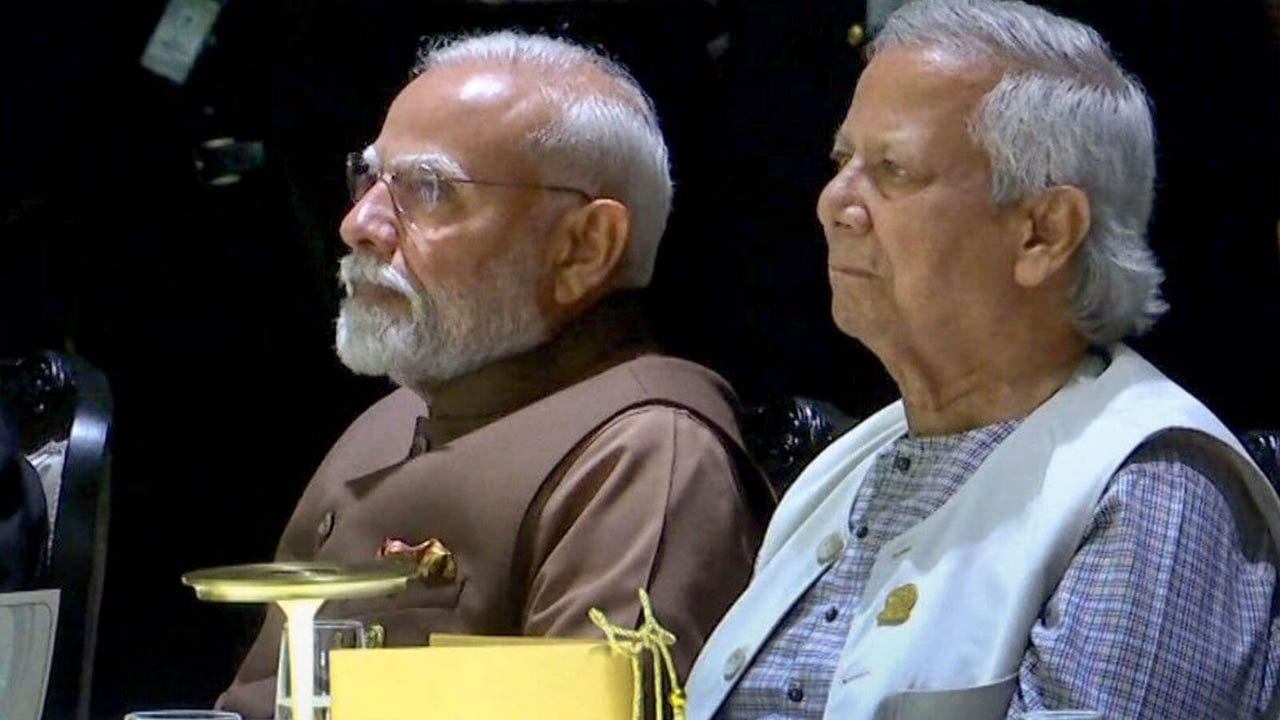New Delhi, November 20, 2025: Miss India, Manika Vishwakarma, delivered a truly unforgettable performance at the Miss Universe 2025 National Costume Show, donning a breathtaking gold and saffron ensemble that
All posts tagged in Bangkok
3Articles
Bangkok, Thailand – A dinner hosted by Thailand’s Prime Minister Paetongtarn Shinawatra for leaders of the Bay of Bengal Initiative for Multi-Sectoral Technical and Economic Cooperation (BIMSTEC) saw Prime Minister
A pall of grief hangs over South Korea following the tragic crash of Jeju Air Flight 7C2216 at Muan International Airport on Sunday morning. The flight, originating from Bangkok, Thailand,








